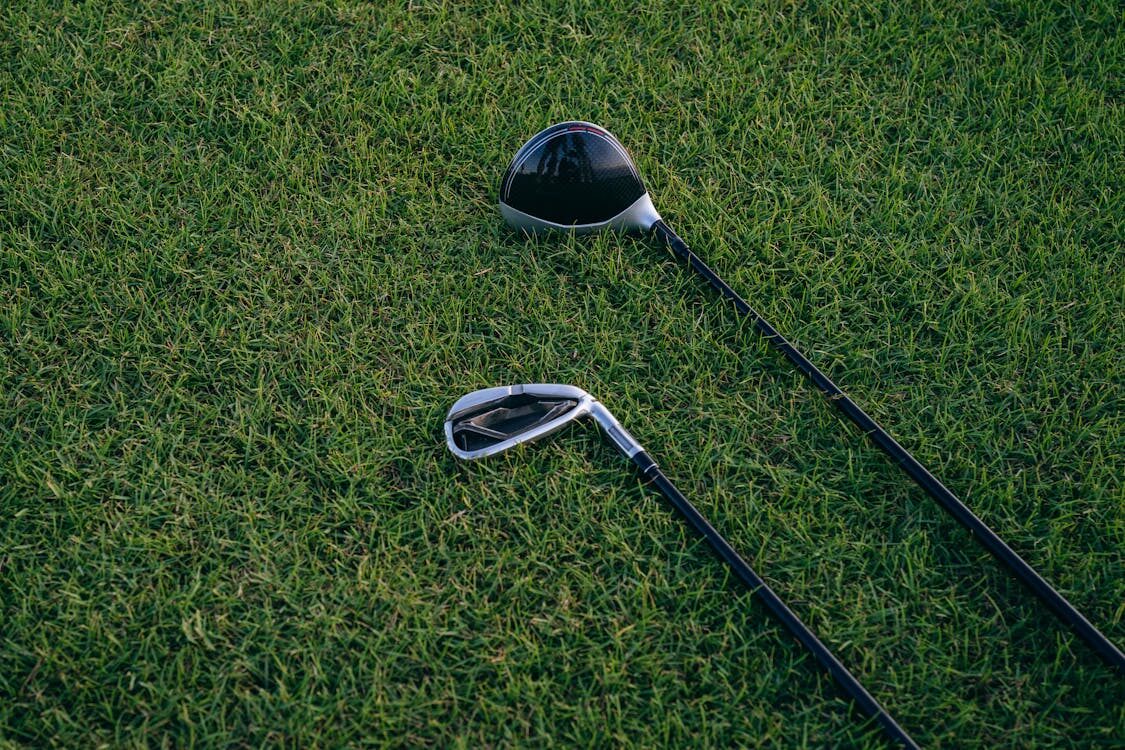Choosing the right golf driver can make all the difference between a great round of golf and one where you're constantly fighting for control. The driver is one of the most important clubs in your bag, as it’s typically used for your first shot off the tee. Given the vast selection of options available, selecting the perfect driver can feel overwhelming, especially for beginners or those who haven’t purchased a new driver in years. This guide will break down the key factors to consider when choosing a golf driver, from shaft material to head design, ensuring you pick a club that maximizes your performance on the course.

|
Understand the Different Types of Drivers
Before diving into the specifics of what makes a great golf driver, it’s important to understand the different types of drivers available. There are various brands and designs to choose from, each catering to different skill levels and preferences. There are options like Ping drivers suited for both beginners and advanced players. When selecting a driver, it’s helpful to understand the distinctions between game improvement drivers, which are designed to offer more forgiveness and distance, and players' drivers, which are designed for those with faster swing speeds who want more control. Additionally, drivers can differ in terms of adjustability, with some offering the ability to change loft or face angle to suit your swing. Having a clear understanding of what you need in a driver is the first step in making the best choice.
Consider Your Swing Speed and Launch Angle
Your swing speed plays a crucial role in determining which driver will be best for you. Players with slower swing speeds often benefit from a driver with a higher loft, as this helps them achieve a higher launch angle and more distance. Conversely, golfers with faster swing speeds tend to do better with a lower loft driver, which can help keep the ball from flying too high and sacrificing distance. Most drivers come in a variety of loft options, typically ranging from 8 to 12 degrees. When testing drivers, consider how the loft interacts with your natural swing speed to achieve optimal ball flight. You can also experiment with different shaft flex options, as stiffer shafts are better suited for faster swings, while more flexible shafts can help golfers with slower swing speeds.
Explore Shaft Materials and Length

|
The shaft is another important factor in selecting a driver. Most drivers feature either steel or graphite shafts, with graphite being the most common option due to its lighter weight, which allows for greater swing speed and distance. Steel shafts tend to be heavier and are typically found in more specialized drivers. When selecting the right shaft length, consider that longer shafts generally provide more distance, but they can also be harder to control. Many golfers opt for drivers with adjustable shafts, which allow you to fine-tune the length and flex based on your needs. The key is to find a shaft material and length that complement your swing and maximize your accuracy and distance off the tee.
Pay Attention to the Driver Head Design
The design of the driver’s head is another critical factor that impacts performance. Most drivers today feature a larger, more forgiving clubhead design, with some going as large as 460cc, which is the maximum allowed by golf’s governing bodies. Larger heads provide a larger sweet spot, making it easier to hit the ball squarely and maintain distance even on off-center hits. Additionally, some drivers come with adjustable weight distribution, allowing you to change the location of the weight within the clubhead to influence ball flight and spin. If you’re looking for more control over your shots, consider a driver with a smaller, more compact head design, which may offer less forgiveness but can provide a more precise shot trajectory.
Test the Driver’s Feel and Sound
While specifications and features are important, the feel and sound of the driver are subjective elements that greatly impact your enjoyment and confidence while playing. Golfers often feel more comfortable with a driver that has a satisfying sound at impact, whether it’s a crisp “crack” or a solid “thud.” The sound can vary depending on the materials used in the driver’s construction, and the feedback you receive from the sound can help you gauge how well you’re striking the ball. In addition to the sound, the feel of the club during your swing is important for overall comfort. Some drivers are designed to reduce vibration and provide a softer feel at impact, which can be beneficial if you have a sensitive wrist or elbow.
Choosing the right golf driver is crucial for maximizing your performance on the course. While it's tempting to focus solely on brands, it’s important to test different drivers and take into account your swing dynamics, budget, and desired features. Take the time to test and get properly fitted for your driver, and you’ll be on your way to hitting longer, more accurate drives in no time.







